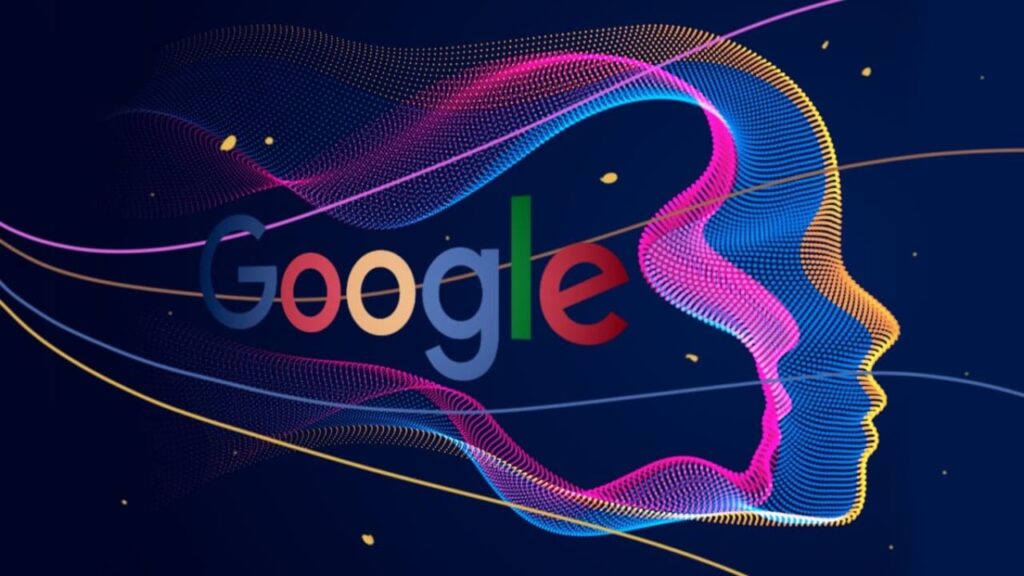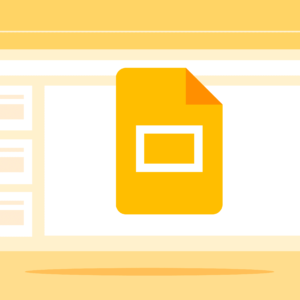
Artificial Intelligence (AI) is revolutionizing virtually every aspect of our lives, from healthcare to transportation, communication, and entertainment. With its enormous potential, Google has recently introduced Google Bard, an AI-powered poet that can write poetic verses on any topic. This article will delve into how Google Bard creates poetry, the technology that powers it, and its future prospects, limitations, and ethical considerations.
How Google Bard Produces Poetry?
Google Bard uses a neural network, a type of AI algorithm that mimics the human brain’s structure, to produce poetry. It has been trained on a vast corpus of poems, including classic literature, contemporary poetry, and popular culture. The neural network processes this information and uses it to generate new poetic verses based on a given prompt.
To create a poem, a user can input a word or phrase, such as “love,” “nature,” or “heartbreak,” which serves as a starting point for the algorithm. Google Bard then generates a few lines of poetry, which the user can refine or expand as they wish. The more the user interacts with the algorithm, the better it becomes at generating personalized, high-quality poetry.
The Technology Behind Google Bard
Google Bard uses a language model called GPT-3 (Generative Pre-trained Transformer 3), which is a state-of-the-art natural language processing model. GPT-3 uses deep learning to analyze and understand human language, enabling it to generate human-like text that is virtually indistinguishable from that written by humans.
The model has been trained on a massive amount of data, including books, articles, and blogs, and is designed to learn and adapt to new situations through a process called unsupervised learning. With 175 billion parameters, this model is one of the largest and most sophisticated language models in the world.
Is Google Bard Competent Enough?
Google Bard’s poetry has been widely praised for its depth, creativity, and originality. Its work has been compared to that of established poets, such as Shakespeare and Emily Dickinson. However, some critics argue that the algorithm’s output lacks the emotional depth and nuanced understanding of human experience that is essential to poetry.
Moreover, the algorithm’s success is limited to its training data, which means that it may be biased or produce results that lack diversity or representativeness. There are also concerns about the potential misuse of the algorithm for spam or propaganda purposes, as well as the possibility of misuse for generating fake news, propaganda, or hate speech.
Future Prospects of Google Bard
Google Bard’s potential applications are vast, ranging from creating personalized poetry for special occasions, such as weddings or birthdays, to generating content for marketing or social media campaigns. It could also be used in education to teach creative writing or to augment existing literature curricula.
Moreover, Google Bard could be integrated with other AI technologies, such as text-to-speech, to create an immersive and interactive poetic experience for users. It could also be used to help people cope with mental health issues, such as depression or anxiety, by providing emotional support through poetry.
Ethics and Limitations of AI Poetry
As with any AI technology, there are ethical and legal considerations that need to be addressed when using Google Bard. These include concerns about data privacy, transparency, and bias. The algorithm must be transparent about how it generates its output and be open to scrutiny and review.
Moreover, Google Bard’s output must be used responsibly and ethically, considering the potential social and political impact of its work. There is a need for human oversight to ensure that the algorithm does not produce content that is harmful or unethical.
In conclusion, Google Bard represents a significant advancement in the field of AI and poetry, opening up new possibilities for creative expression and artistic exploration. However, it also raises important ethical and legal questions that need to be addressed. Ultimately, the success of Google Bard will depend on its ability to create poetry that resonates with human emotions and experiences while upholding ethical standards and values.
As AI technology continues to evolve, we can expect more innovations that challenge our perceptions of creativity, art, and human identity. Google Bard is just one of many examples of how AI can be harnessed to enhance our lives and broaden our horizons. By fostering a critical and ethical approach to AI, we can ensure that these technologies are used to benefit humanity and promote social good.
Table of Contents











